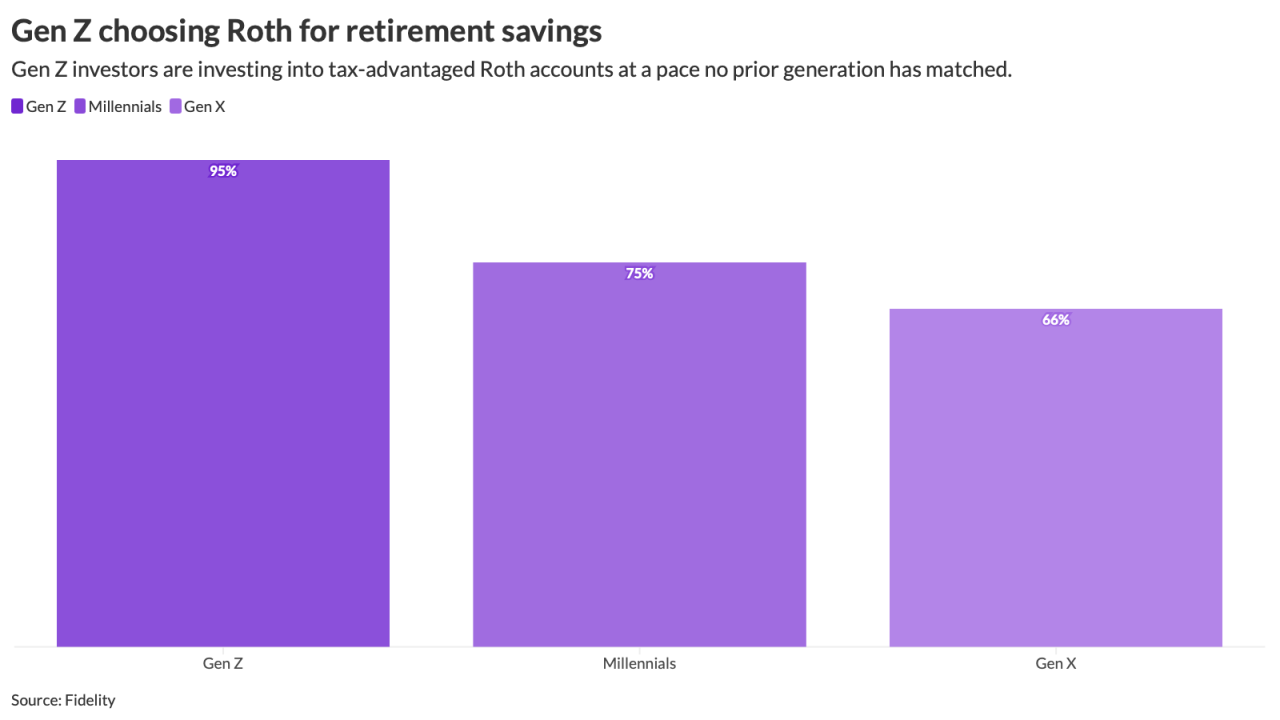As employers review their benefit offerings for this year’s open enrollment, virtual care will be taking center stage to help employees navigate their health and wellness needs.
Forty-three percent of employers expanded their telehealth offerings in 2020 in response to the challenges created by COVID-19, according to research from the Society for Human Resource Management. As the healthcare landscape continues to evolve, employers will seek new virtual ways to provide employees with quality care that won’t hurt their bottom line.
Read More:
“Technology has significantly improved since the beginning of the pandemic, making it easier than ever to conduct quality virtual care visits,” says Darryl Baker, the chief financial officer for Redirect Health, a company that helps businesses create self-funded health plans. “Virtual is something that most consumers now embrace and even expect as a component of their healthcare journey.”
Utilization of telehealth services is currently 38 times higher than it was pre-pandemic, according to research from Mckinsey & Company. Additionally, virtual health plans have grown from just one in 2019 to at least eight in 2020. These plans typically offer lower premiums and greater convenience, making them an attractive option for employers.
Read More:
While employers reap the rewards of lower premiums and costs, employees can take comfort in the knowledge that virtual care won’t rake them over the coals in unnecessary medical costs. About 70% of a patient’s medical complaints don’t require an in-person doctor visit, according to the American Medical Association, and can be handled virtually. By eliminating unnecessary office visits, telemedicine can save employees an expensive copay and reduce the claim costs to the employer's group healthcare plan.
“The insurer is all too happy with the employee running all over town getting all kinds of unnecessary medical care,” Baker says. “But the reality is the employer is paying for all that. So if you can manage that utilization at the right time, at the right place, and at the right cost, you can drive the overall cost of that solution down for the entire business.”
Read More:
Employers can boost utilization by incentivizing the use of telemedicine through bonuses, or provide services like virtual consultations, Baker says. This encourages active participation in their health plans.
“Under a traditional healthcare model, you hand an employee an insurance card and say ‘this is in network and this is out of network’ and you basically just turn it over to the employee,” Baker says. "Instead, employees can reach out to someone virtually to ask a question to gain confidence in their decision making.”
Read More:
As employers work to deepen their employees’ understanding of the value of virtual healthcare benefits, their prevalence within benefits offerings will only grow. Baker sees a significant acceleration in virtual care in 2022, especially as the workplace continues to attract younger, tech-savvy employees who prefer a virtual first approach to most aspects of their lives.
“There's a demographic element to all this,” Baker says. “People 50 and older were ingrained in this old way of thinking about healthcare, but as the experience with virtual technology shifts, and as the workplace population skews younger, we're moving into an era where more people are comfortable with technology and more comfortable with the concept of going virtual. That's going to be just a huge catalyst moving forward as well.”






